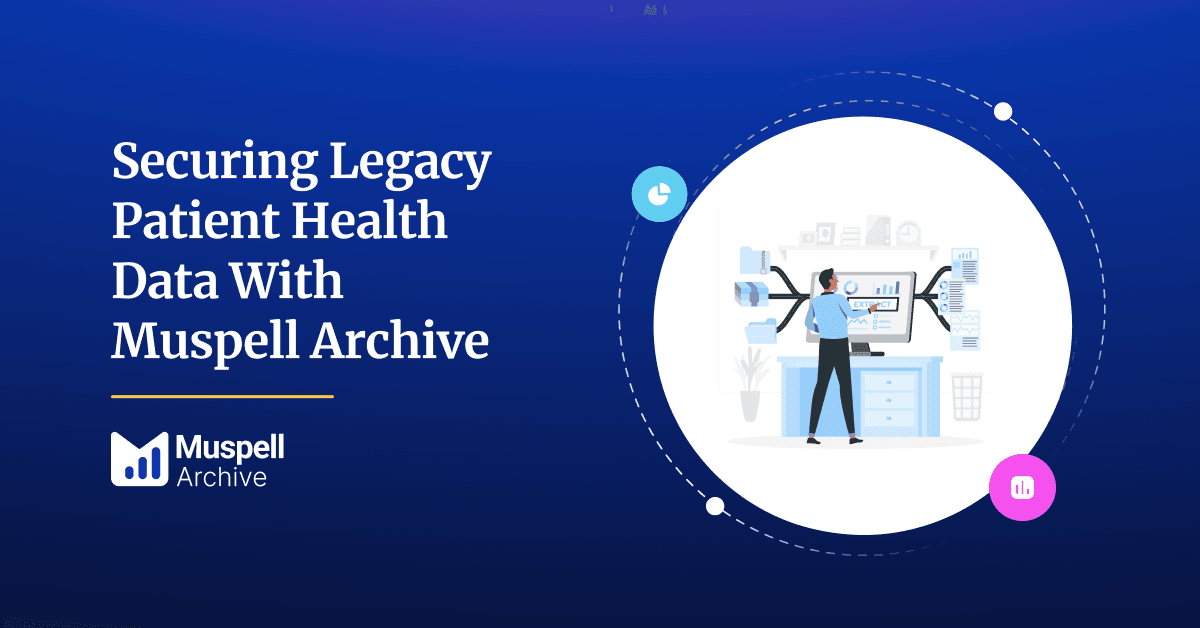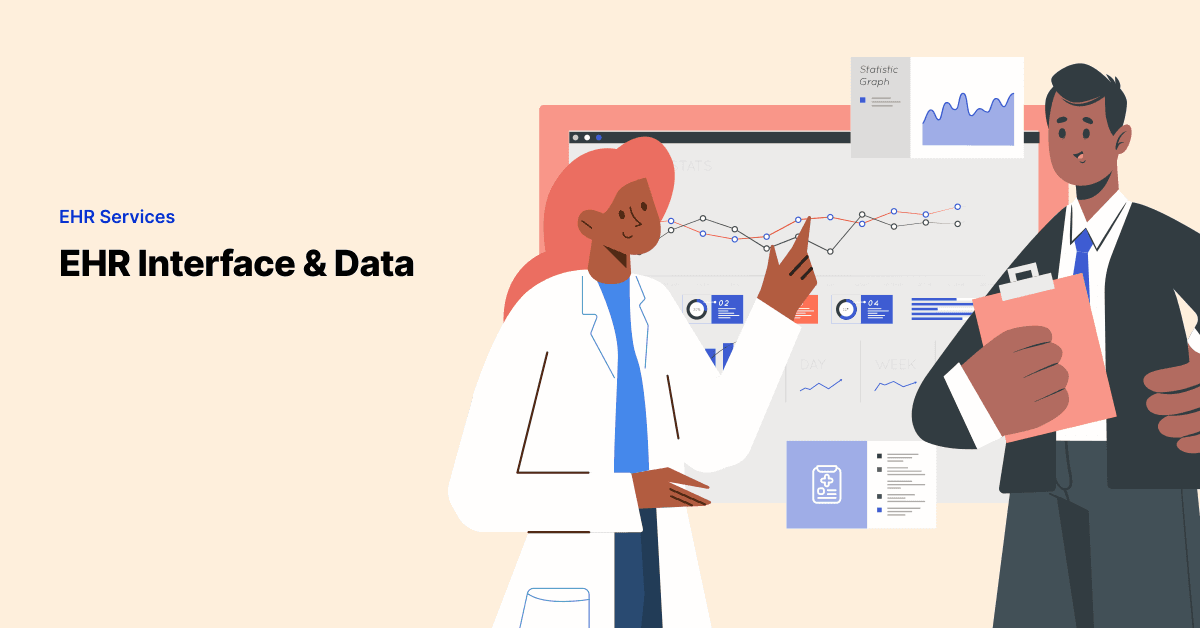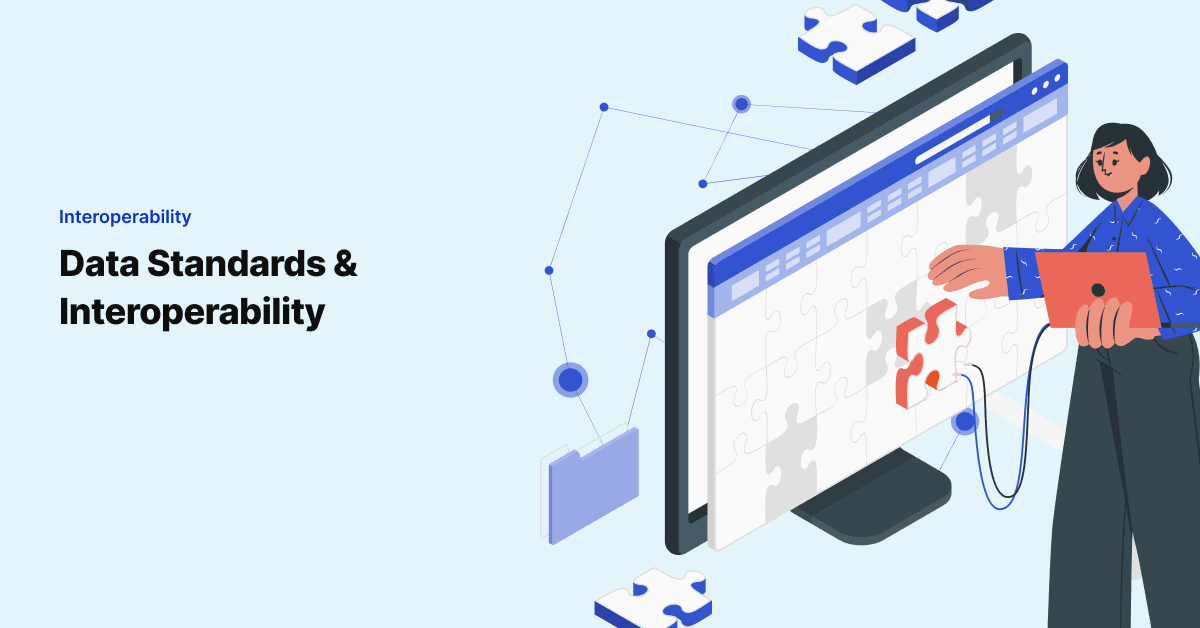
Securing Legacy Patient Health Data With Muspell Archive
Securing legacy health data integrity using an archival solution isn't just a recommendation anymore; it's …

The challenges associated with connecting multiple, disparate EHR systems — be it ancillary provider or private clinic to hospital or health system, or any combo therein — are not to be taken lightly. Every data point in healthcare IT represents a potential decision-point that, in error or omission, has significant implications for patient outcomes. The driving force behind EHR integration efforts is often consolidating patient records to get a more comprehensive view, but amassing data alone could actually be more of a hindrance or even a risk, especially where liability is concerned. Throwing a laundry list of diagnoses, reports and labs at a physician isn’t going to improve patient outcomes. However, when the approach for EHR interfaces and creating interoperability is in pursuit of a meaningful view of medical records, then the ROIs associated with integration are within grasp and truly impactful for the hospital or health system.
Not all data is created equal in terms of value, trustworthiness or accessibility. When EHR interface efforts are focused on the connectivity that will solve the most pressing problems for the health system, it’s far more likely that the juice will be worth the squeeze, as they say. Because this varies by community and health plan, it’s vital that interoperability leaders in a care setting create a sense of need and value for the various interfaces to better focus on where to start establishing immediate gains. Asking a private practice or ancillary provider to heavily engage their IT department for EHR integration can be a hard sell, but when the value proposition for both parties is well articulated and the intentionality of the connection is established, there’s a far better chance that the project will move forward well and with the right engagement.
If one of the biggest challenges for population health management for a given community is getting radiology reports back into the hands of the PCPs or specialists who are soon-after working with patients to develop a care plan, for example, then there are a few key steps that could solve this sooner than later:
It’s just that simple! …If only. These are the high level steps to making meaningful progress on overall integration progress that will benefit the whole care continuum because it focuses on a specific, local need.
Since we’ve established the value of starting EHR interface efforts with strategy, this is a great opportunity to speak to the importance of an integration roadmap to create short- and long-term steps toward interoperability. There are a few different approaches that a health system can take when it comes to identifying their roadmap, and it’s a very personal decision based on the unique, community-level needs, such as:
The driving point is that the Epic interface roadmap should reflect the capabilities and priorities of the collective community, as this will create a sense of shared value from the get-go. Gathering large amounts of data alone won’t solve problems; in fact, it could introduce a whole host of new, very messy ones. Prioritizing the right connections, implementing toward a bigger picture goal and testing interfaces mercilessly along the way can completely change the face of care delivery for providers and patients alike.
Join over 3,200 subscribers and keep up-to-date with the latest innovations & best practices in Healthcare IT.

Securing legacy health data integrity using an archival solution isn't just a recommendation anymore; it's …

If there’s one thing that becomes quickly apparent when working in healthcare IT, it’s that the concept of …

Healthcare data archival offers healthcare leaders significant potential for reducing costs. Integrating a …